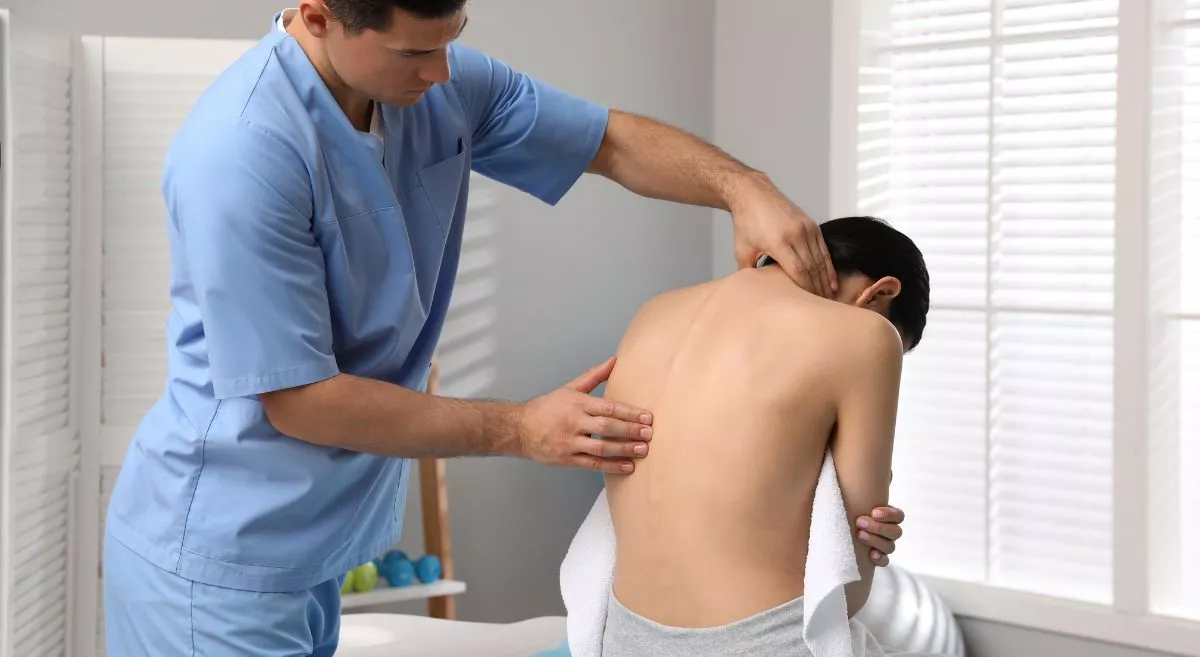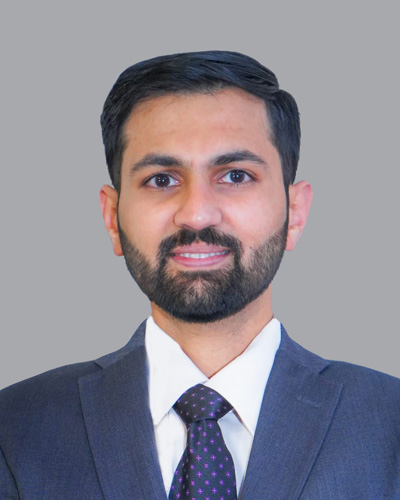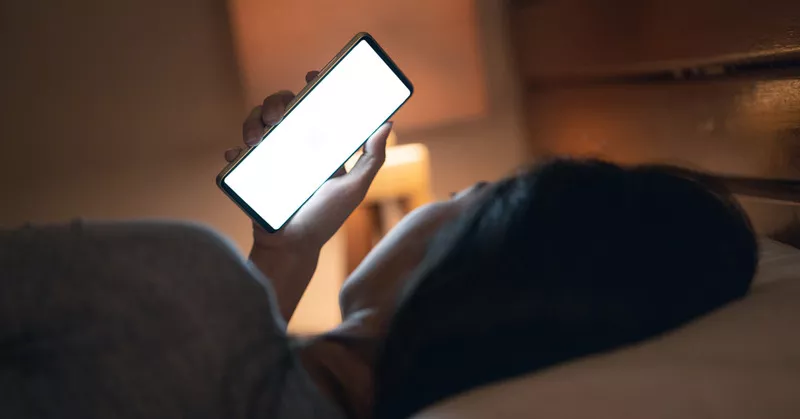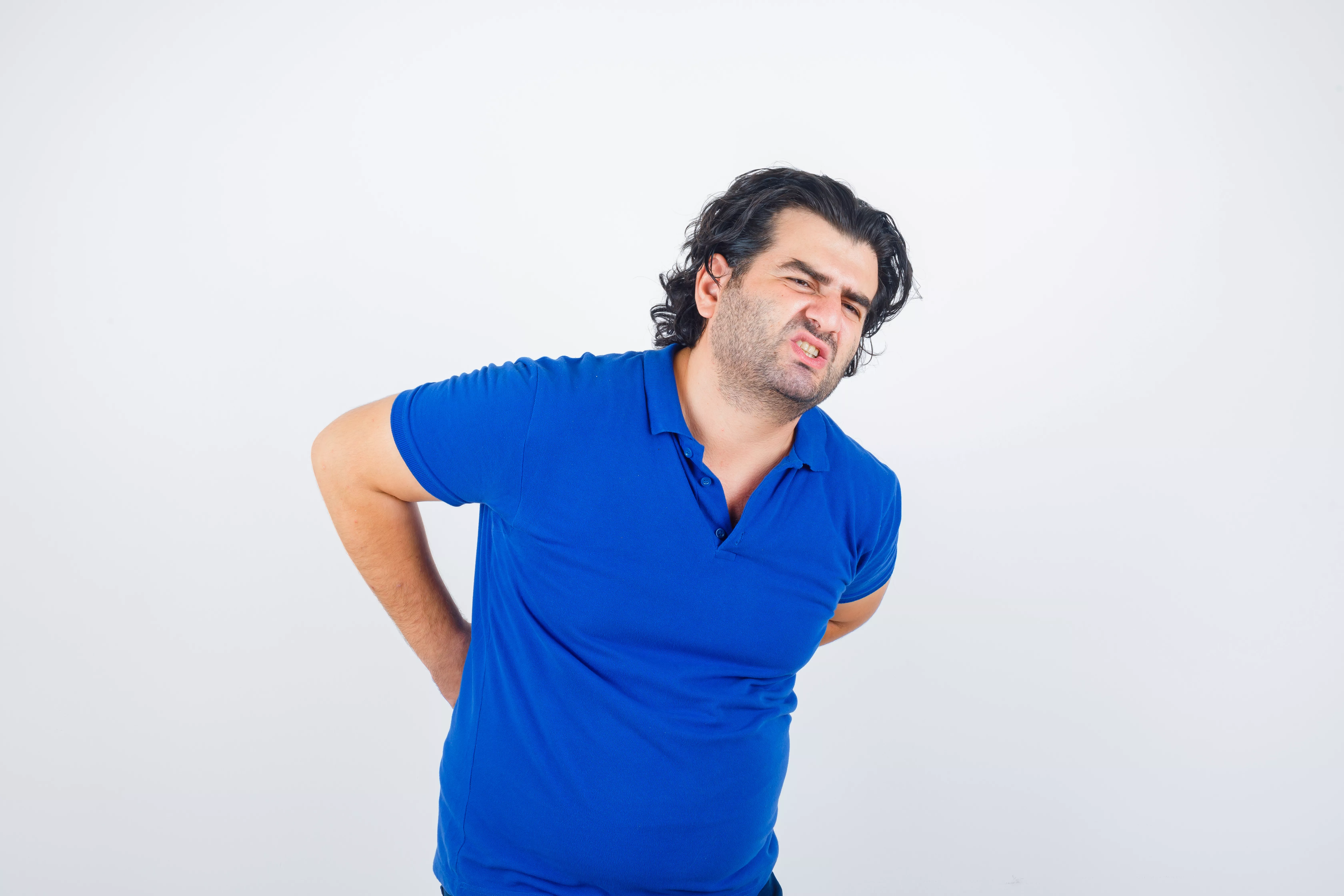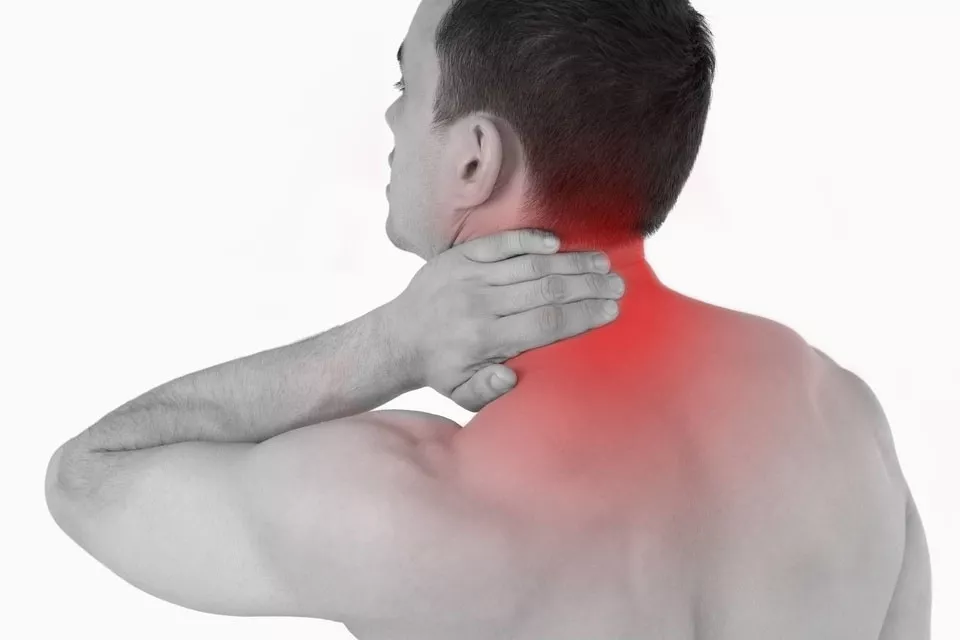Scoliosis is a condition that causes the spine to curve abnormally to the side, resembling a C or S shape. While the natural curve of the spine provides our back with its shape and support, scoliosis disrupts this alignment. It's important to note that scoliosis can range from mild to severe. In many cases, it doesn't cause any noticeable symptoms and requires no treatment. However, in some cases, scoliosis can progress and lead to pain, breathing problems, and other complications. For specialized care, patients can consult an Orthopedic Hospital in Hebbal Bangalore for evaluation and guidance.
Whom does scoliosis affect?
About 5-7% of people worldwide are affected by scoliosis, from new-borns to teenagers, and sometimes even adults. But not all scoliosis are the same, it differs in type and the way it manifests across different age groups.
Early onset scoliosis (EOS): Children born with scoliosis or those developing the condition at an early age (below 10 years).
Adolescent Idiopathic scoliosis (AIS): More commonly, scoliosis is seen in teenagers, between 10 to 17 years of age. Like the name suggests, the exact cause of the disease remains unknown.
Syndromic Scoliosis: A variety of scoliosis that manifests because of diseases such as those affecting the neuromuscular system including polio, cerebral palsy, myopathy, among others.
Adult degenerative scoliosis: Usually seen in the elderly population, resulting from wear-and-tear, degeneration of the discs, arthritis and inflammation of the facet joints, collapse of the disc space, leading to instability and a sideward bending deformity of the spine.
How to identify scoliosis?
It is important that parents and caregivers must be aware of the signs that might indicate scoliosis. Here are some key signs to watch out for:
Uneven Shoulders: One shoulder appearing higher than the other is a common indicator.
Uneven Waist or Hips: The waist or hips may appear uneven when viewed from behind, especially when the child bends forward at the waist (Adam's forward bend test).
Prominent Rib Cage: One rib cage may appear more prominent than the other when the child bends forward. This asymmetry can be a sign of rotation in the spine.
Leaning to One Side: The child may habitually lean to one side when standing or sitting.
Back Pain: While not always a symptom, some children with scoliosis may experience back pain, especially in the lower back.
Skin changes: appearance or texture (dimples, hair patches, skin discoloration) that may occur on the back of the spine.
Diagnosing Scoliosis
If you suspect scoliosis in yourself or your child, consulting a doctor is essential. Diagnosis typically involves a physical examination to assess posture and spine alignment. The doctor may also recommend:
X-rays: These provide a clear picture of the spine's curvature.
Scoliosis screening tests: These simple tests in schools can help with early detection.
MRI or CT scan: if a more detailed examination is necessary. Consulting Orthopedic Surgeons in Hebbal, Bangalore can ensure the right diagnostic approach and treatment plan.
Scoliosis Treatment at Aster CMI Hospital
Aster CMI Hospital is a leading healthcare provider with a team of highly skilled neurosurgeons and spine surgeons at the forefront of scoliosis treatment. They offer a comprehensive approach to managing scoliosis, tailored to each patient's individual needs. Treatment options may include:
Observation: For mild curves, monitoring the spine's progression through regular checkups may be sufficient.
Bracing: In growing children with moderate curves, wearing a custom-designed brace can help prevent further curvature.
Surgery: In severe cases where the curve significantly impacts health or is rapidly progressing, surgery may be recommended to correct the curvature and stabilize the spine.
If you're concerned about scoliosis, Aster CMI Hospital's Neuro Surgery and Spine Surgery department is here to help. Their team of experienced specialists can provide accurate diagnosis, discuss treatment options, and create a personalized plan to manage your scoliosis effectively.
